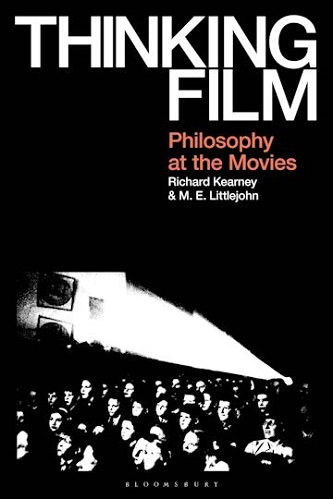‘What does it mean to have a cinematic idea? Deleuze and Kurosawa’s Stray Dog’ (2023)

Thinking Film: Philosophy at the Movies
Eds. Richard Kearney, Murray Littlejohn
Bloomsbury, 2023
Cinema – for Deleuze – is image and idea: idea immanent to image and image expressing idea – as co-constitution. There are no ideas without images, and images necessarily release ideas. Cinema is thus a kind of thought, a different kind of thought from philosophy, but thought nonetheless. Accordingly, cinema does not need the ideas of philosophy to think. Yet the ideas of philosophy and ideas of cinema resonate, can be allowed to resonate, can be made to resonate. Film-philosophy (film studies, film theory, and so on) is thus – for Deleuze – a cinematic image-idea resonating with and through philosophical writing.
This chapter explores this thesis by explicating Deleuze’s Cinema books (1983;1985) through and with Kurosawa Akira’s Stray Dog (1949). The images of cinema, for Deleuze, are expressed through a multitude of different types of signs, some 44 overall, which coalesce as many different images, avatars, and domains, and appear predominately as movement-images and time-images, where movement-images disperse as time-images and time-images cohere as movement-images. Kurosawa is revealed in the Cinema books as a filmmaker of one of these types of sign. However, a film in never made up of one type of sign. Indeed, a film may be composed from all the signs of the cineosis. This chapter believes Stray Dog to be one such film, and sets about discovering how, from such an assemblage of signs, one sign comes to dominate. A film – for Deleuze – is always dominated by a single sign, a sign around which all other signs are organised. And it is through such organisation and domination that the film expresses an idea. In this way, the dominant sign gives us a perspective on the film, allows us to make a reading of the film. And in the Cinema books, it is with the dominant sign of Stray Dog that Deleuze’s analysis of the films of Kurosawa begin.